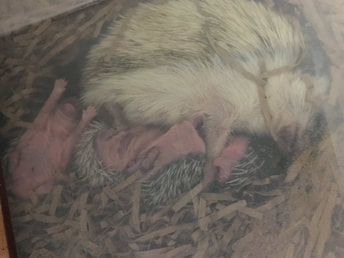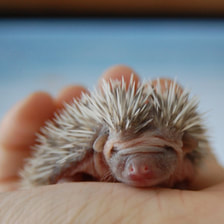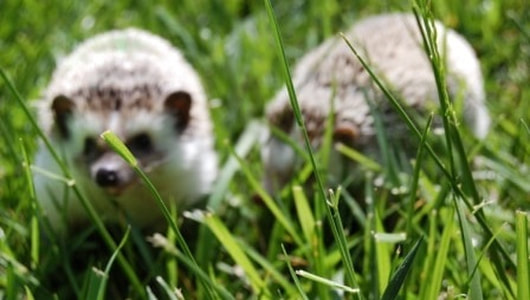|
If you are interested in starting breeding, or currently breed without a mentor, we strongly recommend finding a mentor with significant hedgehog breeding experience. For those those who are prepared to take hedgehog breeding seriously, contact us if you are in need of a mentor. While we are not trying to encourage more hedgehog breeders, we would like to encourage more responsible hedgehog breeding, which includes tracking pedigrees, and genetic issues (WHS), and breeding for quality for the species - not quantity. Therefore, we wanted to put some basic hedgehog breeding dos and don'ts together as a safe place for breeders to reference. If you have additional questions, please do not hesitate to reach out to us. My place is not to judge, but to help improve the quality of life of hedgehogs. questions to ask yourselfBefore you get into hedgehog breeding you should ask yourself the following questions to make sure you are physically, mentally, and financially prepared.
Before you breed:
During the mating process:
Preparing for Hoglets:
Weaning Hoglets:
Tip: if you are concerned about monitoring the mating process and/or the litters, you may find it useful to install an indoor camera (i.e. Nest camera) in the room where the hedgehogs live. Please note, do not place the camera or any cords directly in the cage. hedgehog breeding timeline
A few notes:
Please note, this is not a comprehensive guide to hedgehog breeding. It does not replace mentorship or first-hand experience. It is meant to highlight very basic dos and don'ts of hedgehog breeding based on our experience over the past 14+ years. What other questions do you have?
If you're an experienced breeder, what would you add?
0 Comments
Leave a Reply. |
AuthorRachel, the owner of Penny's Prickly Pigs has been breeding hedgehogs since 2008, and owned hedgehogs off and on for 23+ years. We maintain a small herd to focus on quality and personality. We track pedigrees on all of our hedgehogs. You Might likeHedgehog Care: Everything you need to know
How to prepare a hedgehog cage I'm on the waiting list, what next? Categories
All
Archives |



 RSS Feed
RSS Feed